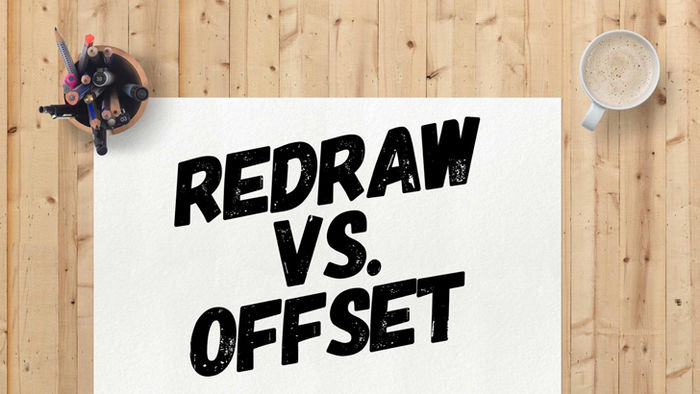What is the difference between mortgage redraw and offset?
By Effie Zahos
A few eyebrows were raised by an answer to a reader's question back in November 2009 - about differences between redraw and offset.
The answer, "there is effectively no difference", triggered more questions, mainly because our readers would have appreciated more detail.
"It wasn't that the answer was incorrect; it just didn't give enough information," said Money reader Phil Game.
Well, with the luxury of more word space in this column, here's an in-depth answer.
When it comes to paying off your mortgage fast there really is little difference between the two features - redraw and offset can both save you interest.
However, when it comes to using offset or redraw with an investment loan there is a difference - and a big one at that!
As Money reader Phil pointed out, it's related to the taxation position of the money. Redraw or offset works well for owner-occupiers, whereas offset is probably best for investors.
To make matters more complicated, if you're an owner-occupier who intends to move out of the family home one day and turn it into an investment property, you'd be better off with an offset account than a redraw facility.
Before I get into the nitty-gritty of why, let's recap on what's what.
An offset account is a separate deposit account that's linked to your home loan.
The interest earned on the savings you have in the offset account "offsets" the interest payable on the home loan.
Redraw differs from offset in that it allows borrowers to make extra loan repayments directly into the loan when they can, and they have access to the funds whenever and for whatever they like.
There lies the problem for investors who opt for redraw over offset.
If you redraw any extra cash out of your investment loan, you will limit the loan's tax deductibility if the cash isn't used for investment purposes.
For example, let's say you have an investment property with a $300,000 loan and you decide to put a lump sum of $20,000 into the loan as redraw.
One year down the track you redraw this money to buy a car for personal use. The problem here is that you've turned a loan of $300,000 on which the interest is tax-deductible into a $280,000 loan with tax-deductible interest, even though the actual loan has gone back up to $300,000.
That's because interest on the $280,000 investment loan is tax deductible but interest on the car loan is not deductible.
Given investors generally want to maximise their interest charges for tax deductibility reasons, offset, even though it still reduces the amount of interest payable, gets around this as the balance on your loan remains the same but is simply offset against your funds in the offset account.
You can access this extra cash without reducing the loan's tax treatment.
The same would apply if you have a home loan but you intend to one day redraw any extra money out of this loan to purchase another property.
Because the original loan would become an investment loan you'd be better off with an offset facility from day one as the original loan amount remains frozen and all interest remains tax deductible.
If you're still not sure which way to set up your home loan, it's probably best that you speak to a tax adviser. Also make sure you take the time out to read the fine print on either of these two features.
As Money reported back in "Upset about the offset" in October 2009, some offsets are not 100%, so you may need to have a minimum deposit of around $5000 before the offset kicks in. Redraw can be cancelled by your lender under certain circumstances.
Get stories like this in our newsletters.



